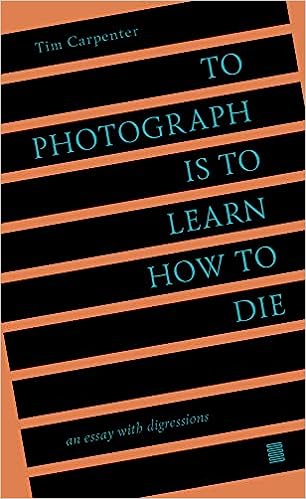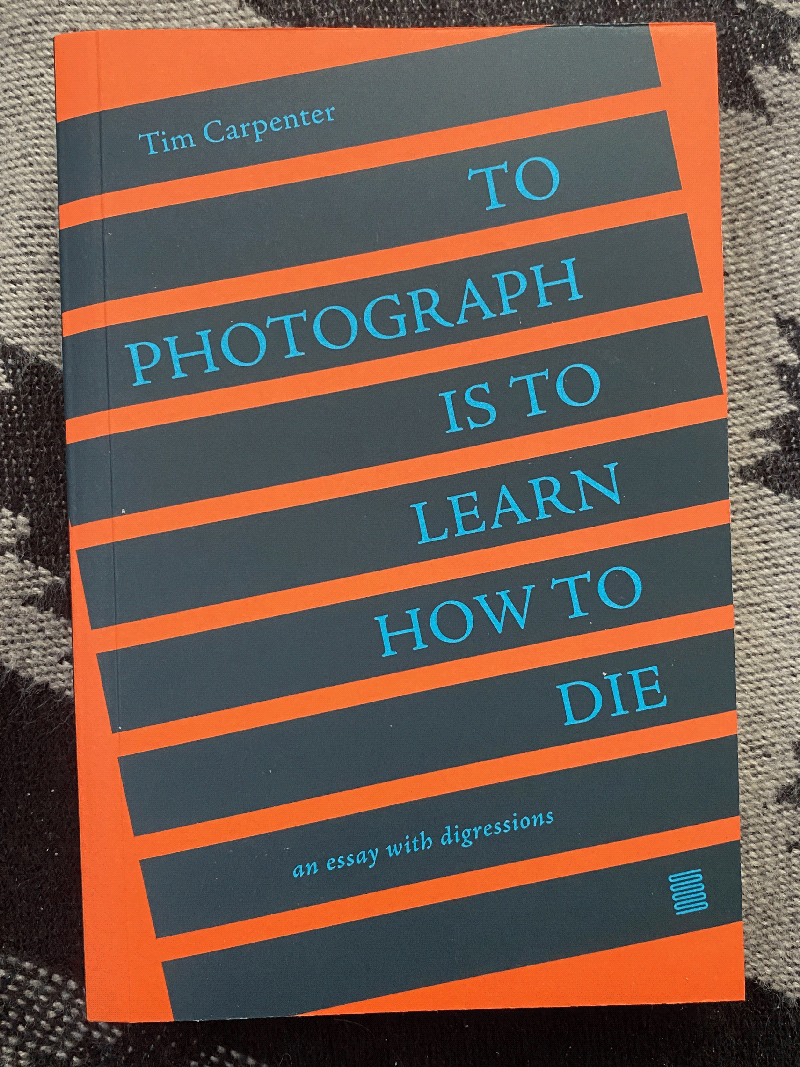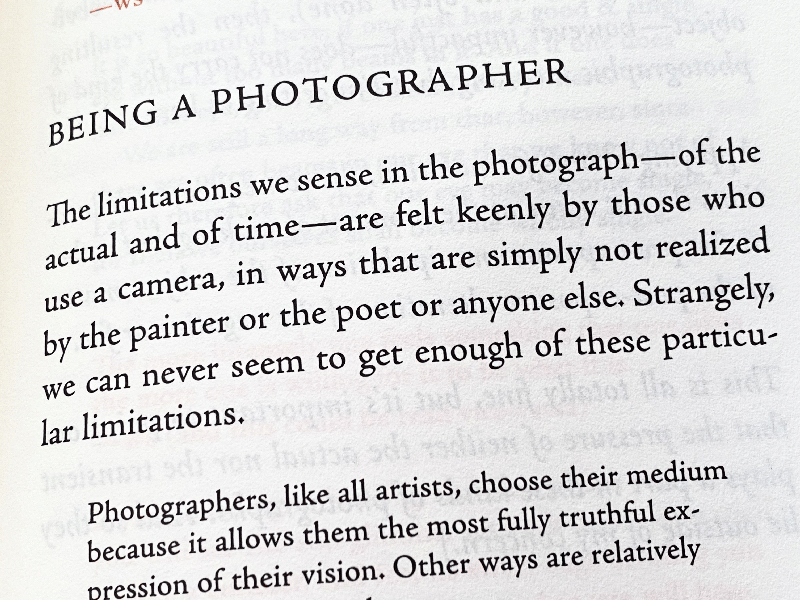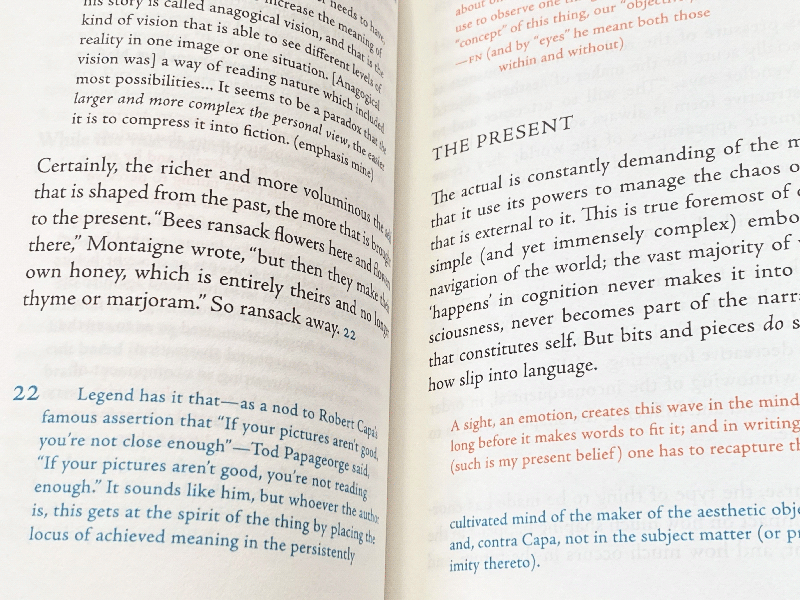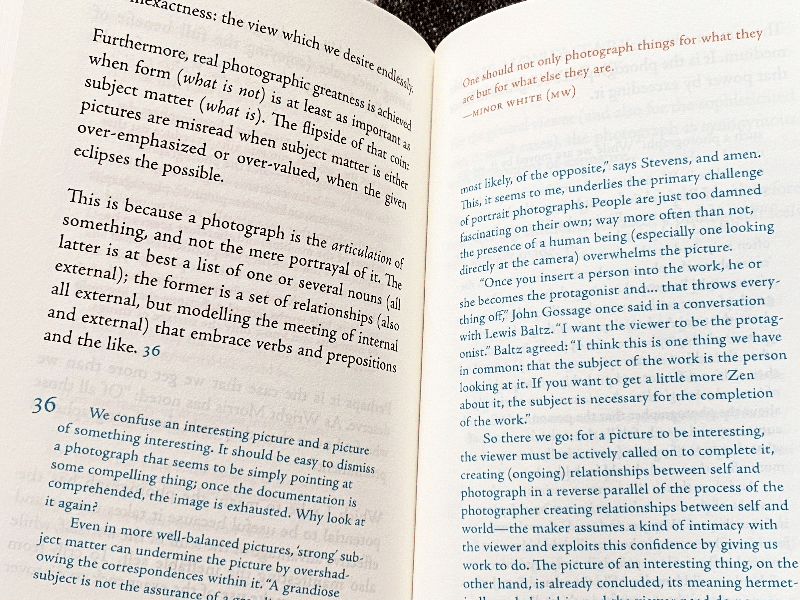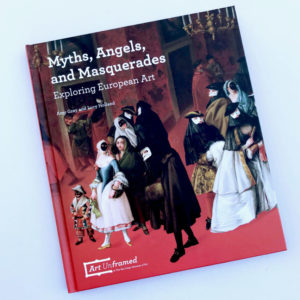$22.50
A book-length essay about photography’s unique ability to ease the ache of human mortality
Drawing on the writings of Wallace Stevens, Marilynne Robinson and other poets, artists, musicians and thinkers, Brooklyn-based photographer Tim Carpenter (born 1968) argues passionately―in one main essay and a series of lively digressions―that photography is unique among the arts in its capacity for easing the fundamental ache of our mortality; for managing the breach that separates the self from all that is not the self; for enriching one’s sense of freedom and personhood; and for cultivating meaning in an otherwise meaningless reality.
Printed by famed indie publisher, THE ICE PLANT in three colors that reflect the various “voices” of the book, the text design follows several channels of thought, inviting various approaches to reading. A unique and instructive contribution to the literature on photography, Carpenter’s research offers both a timely polemic and a timeless resource for those who use a camera.
Paperback
288 pages
6.6 x 0.7 x 4.5 inches
3 in stock
Description
A book-length essay about photography’s unique ability to ease the ache of human mortality
Drawing on the writings of Wallace Stevens, Marilynne Robinson and other poets, artists, musicians and thinkers, Brooklyn-based photographer Tim Carpenter (born 1968) argues passionately―in one main essay and a series of lively digressions―that photography is unique among the arts in its capacity for easing the fundamental ache of our mortality; for managing the breach that separates the self from all that is not the self; for enriching one’s sense of freedom and personhood; and for cultivating meaning in an otherwise meaningless reality.
Printed by famed indie publisher, THE ICE PLANT in three colors that reflect the various “voices” of the book, the text design follows several channels of thought, inviting various approaches to reading. A unique and instructive contribution to the literature on photography, Carpenter’s research offers both a timely polemic and a timeless resource for those who use a camera.
Paperback
288 pages
6.6 x 0.7 x 4.5 inches


